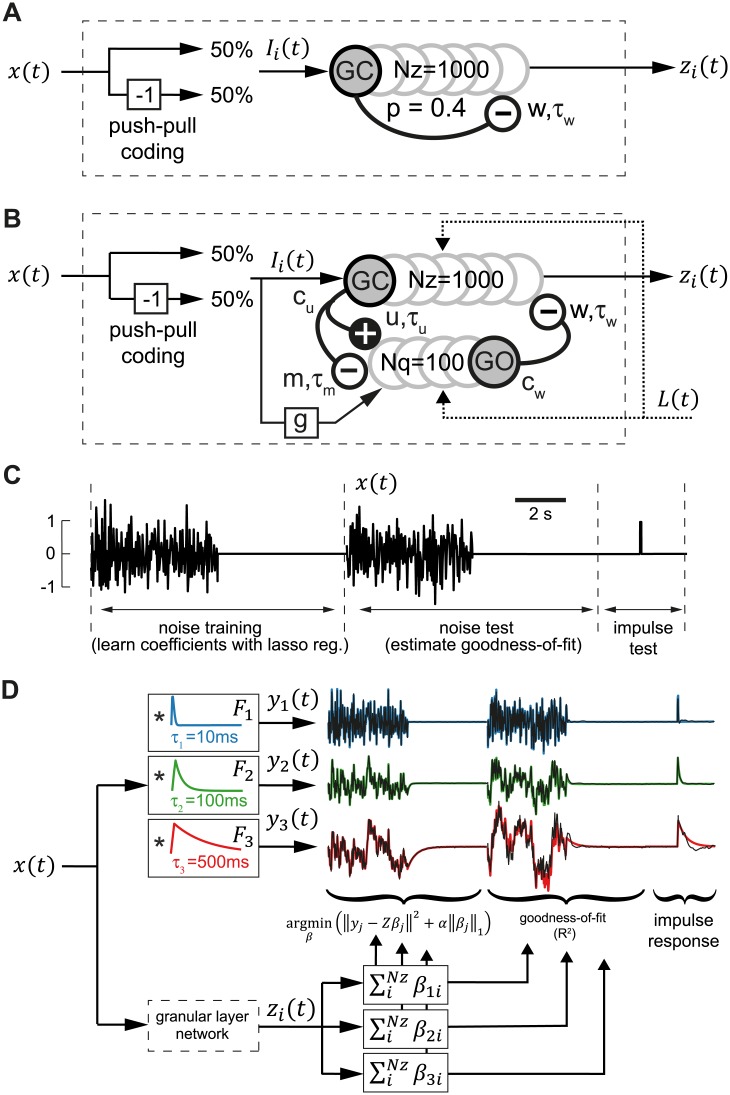Fig 1. Granular layer models and filter construction procedure.
A: Diagram of one-population granular layer model based on Yamazaki and Tanaka [15] consisting of mutually inhibiting granule cells and input signals coded by push-pull input. B: Diagram of two-population granular layer model consisting of granule cells (GC) and Golgi cells (GO). GC innervate GO using glutamatergic excitation (u) and inhibition by mGluR2 activated GIRK channels (m). GO inhibit GC by GABAergic inhibition (w). All synaptic connection simulated using single exponential processes (see Methods). C: Input signal x(t) consisting of colored noise input for training, test and impulse response input. D: Diagram of filter construction test procedure. The output signals z i(t) of all granule cells during the training sequence were used to construct exponential (leaky integrator) filters of increasing time constants τ j = 10ms (blue line), 100ms (green line) and 500ms (red line) using LASSO regression (see Methods). The goodness-of-fit (R 2) of this filter construction was evaluated during the noise test sequence.

